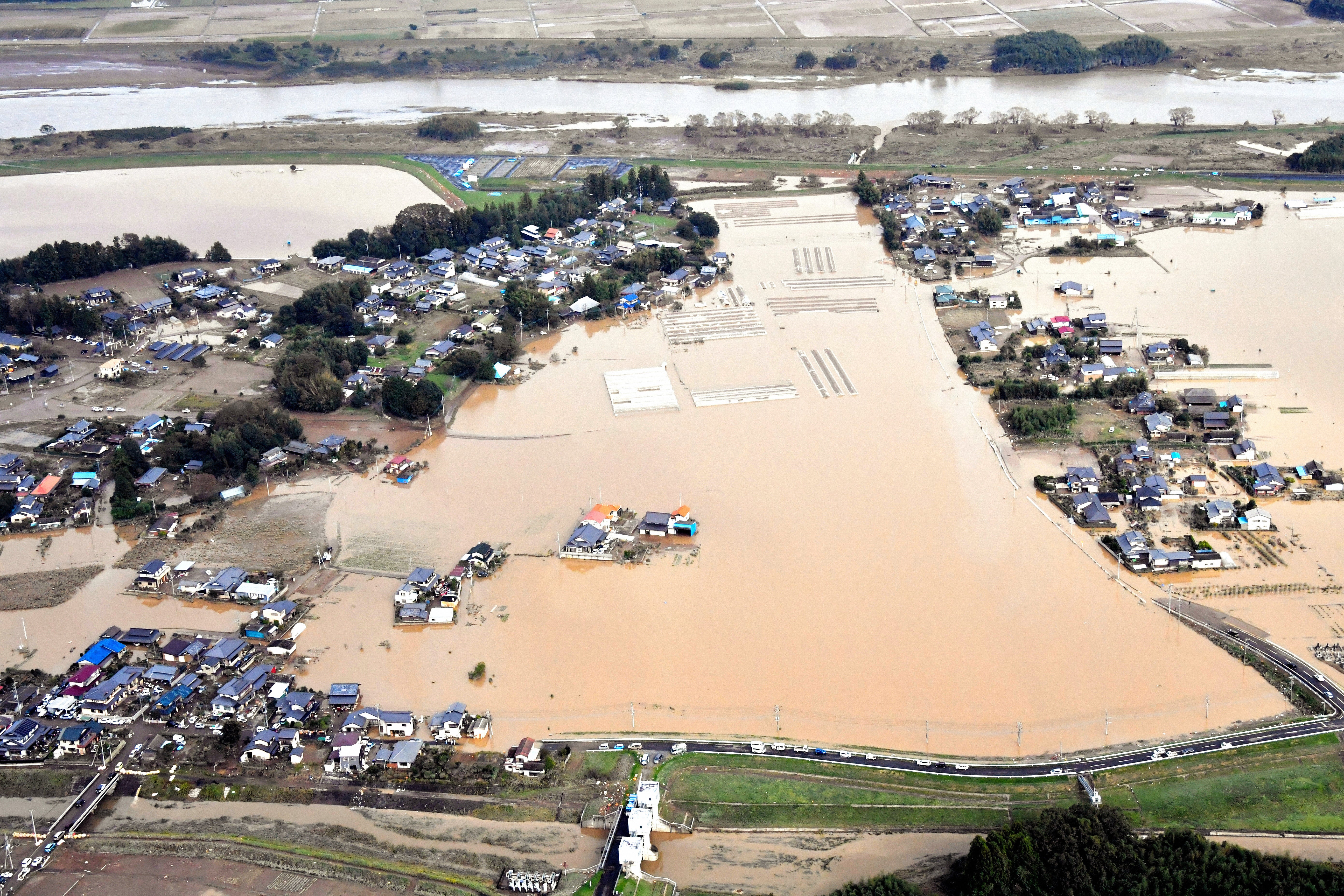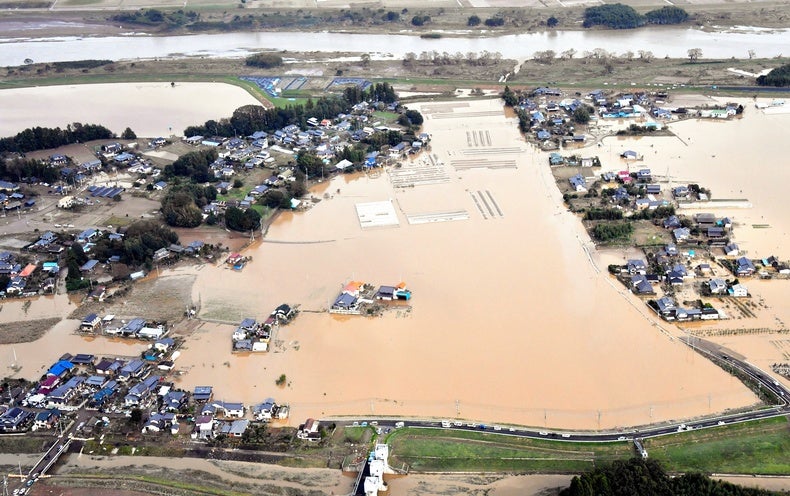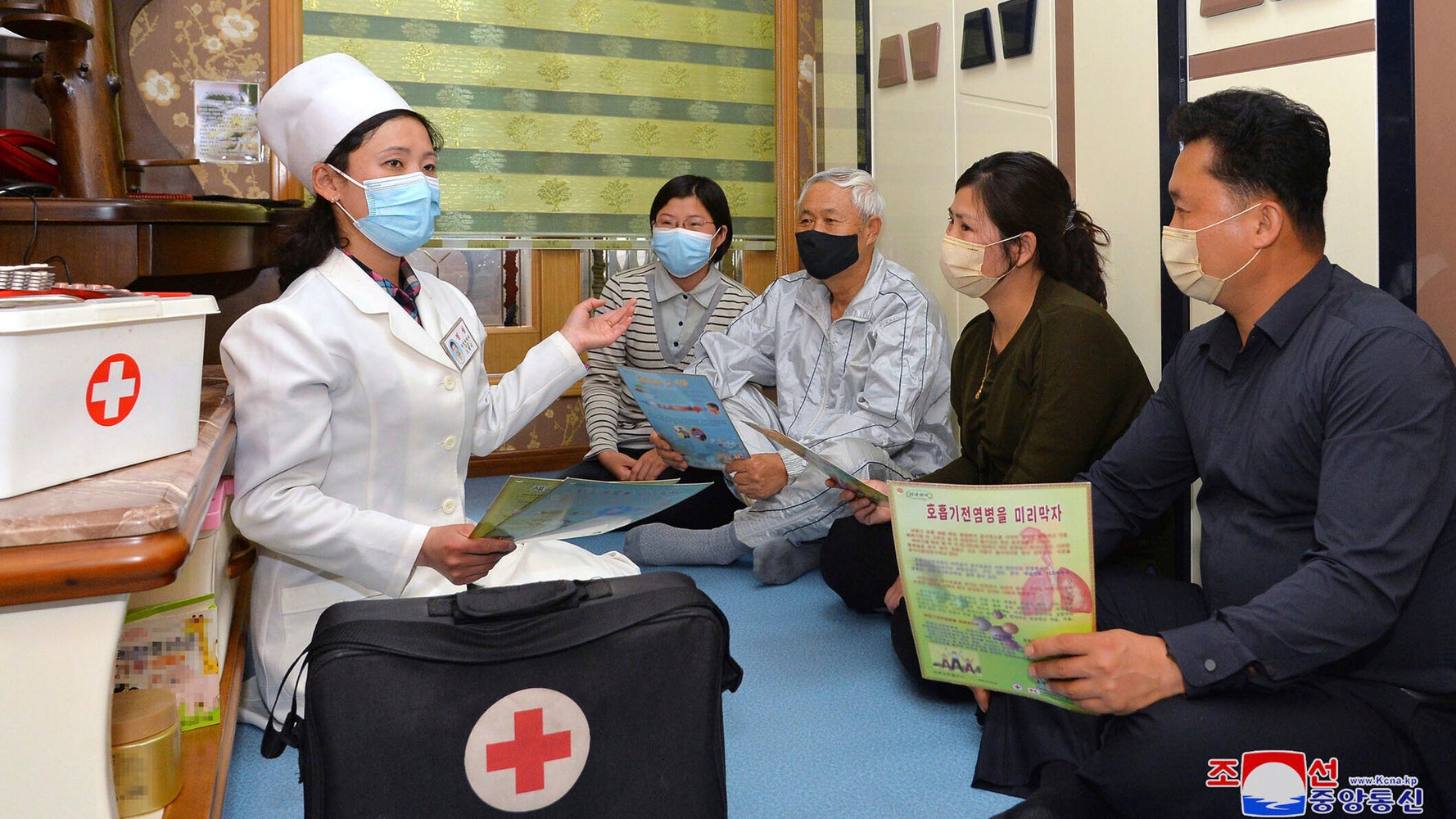
CLIMATEWIRE | Scientists have found the fingerprint of global warming on Typhoon Hagibis, a monster cyclone that swept through Japan in 2019, killing around a hundred people and damaging thousands of homes.
A new study — published Wednesday in the journal Climatic Change — found that the storm was about 67 percent more likely to happen than it would have been in a world without climate change. Researchers also went a step further, and translated the influence of warming into economic costs: Of the $10 billion Typhoon Hagibis caused in damages, they estimate that about $4 billion can be attributed to climate change.
In other words, if global warming weren’t happening, the storm would have been far less destructive.
“We focused on this specific event because Hagibis was one of the most damaging storms in Japan’s history,” said lead study author Sihan Li, a senior research associate at Oxford University.
In fact, it was likely even more damaging than the new study suggests. The research looks only at costs associated with insured losses. It doesn’t include the variety of costs that may be associated with other consequences of the storm, including loss of life and well-being.
The study is the latest addition to a popular field of research known as attribution science. The field specializes in uncovering the influence of climate change on individual weather events, like hurricanes, heat waves, floods and wildfires.
While attribution science is a relatively young field — it got its start only about two decades ago — it has rapidly advanced in recent years. There are hundreds of peer-reviewed attribution studies published in the scientific literature today. Scientists can now investigate almost any type of climate-related disaster, and they’ve gotten faster at it, as well. Studies that previously might have taken weeks or months to complete can now be conducted in nearly real time.
And the field is still evolving. Typical attribution studies focus solely on the way climate change has influenced the likelihood or the intensity of a given weather event. Looking at economic costs is a relatively new development — so far, only a few studies have done so.
But today’s study on Typhoon Hagibis won’t be the last.
Calculating the ’cost of inaction’
A 2020 study on Hurricane Harvey and a separate 2020 study on droughts and floods in New Zealand, both led by climate scientist David Frame, established a basic methodology for linking weather-related damages to climate change.
The method essentially investigates the influence of warming on the probability of a given event occurring, by now a well-established practice in attribution science. Then it takes the fraction of risk attributable to climate change and applies it to the costs associated with that event.
The Hurricane Harvey study, for instance, found that warming probably accounts for about three-quarters of the risk of such a severe event occurring. The researchers then concluded that about three-quarters of Harvey’s estimated $90 billion in damages can be attributed to climate change, or around $67 billion.
The Harvey study focused primarily on the way climate change affected the storm’s legendary rainfall, which was responsible for most of the destructive flooding it caused along the Gulf Coast in 2017. A 2021 study on Superstorm Sandy, on the other hand, took a slightly different approach.
Much of the destruction wrought by Sandy, which battered the Northeast in 2012, was caused by storm surge — the water flooding in from the ocean when a storm strikes the shore. Higher sea levels are linked to more damaging storm surge. So the Sandy study investigated the influence of climate-driven sea-level rise on the floods associated with the storm. Then it translated that influence into economic costs, concluding that around $8 billion in damages can be blamed on climate change.
The new study on Typhoon Hagibis uses a method similar to the Hurricane Harvey study. Much of the typhoon’s damages were associated with the storm’s strong rainfall.
It’s a relatively easy and straightforward method, said study co-author Friederike Otto, a climate scientist at Imperial College London and co-lead of the research consortium World Weather Attribution, which specializes in attribution science.
Still, she said, the field would benefit from more studies exploring more potential methods linking weather-related costs to climate change. Since it’s still a relatively new kind of research, it has a lot of room to develop.
“I think it would be really good if we had more people working on this and had more people coming up with different ways of doing it to see how robust these results are, depending on what kind of methodologies you choose,” she said.
These types of studies could potentially have wide-ranging implications beyond their scientific value. Legal experts have often suggested that attribution studies, in general, could be used as evidence in climate-related lawsuits.
Studies pointing specifically to the influence of climate change on economic costs might have an even greater potential to influence climate litigation and policy down the line. But the field probably needs to mature a bit more first, Otto said.
Typical attribution studies, which don’t look at costs, have well-established standard methods. These methods have been used in hundreds of studies and have been evaluated by the United Nations’ Intergovernmental Panel on Climate Change. Adding damages into the mix, on the other hand, is a new frontier.
“I think if you were to go to court right now, someone could easily poke holes in it,” Otto said. “For it to be actually really useful in all the contexts you would want to use it, we need more people working on [it] and more people doing it.”
Climate litigation is just one possible arena where these kinds of studies could be useful. They also have great potential to influence the public perception of climate change and its associated risks, Li suggested.
“I think we still severely underestimate how much climate change actually costs,” she said.
Storms like Hagibis are likely to grow more destructive as the world continues to warm, she said. The same is true of many other kinds of climate-related disasters all over the world. Curbing emissions and halting global warming as quickly as possible can limit the growing costs associated with these events.
Studies that directly link the costs of individual weather events to climate change may make the issue feel more tangible to the public, Li suggested.
“I think that is really a missing piece in what we need to maybe act a bit faster,” she said. “People think about the cost of mitigation, but never really about the cost of inaction.”
Reprinted from E&E News with permission from POLITICO, LLC. Copyright 2022. E&E News provides essential news for energy and environment professionals.


























































